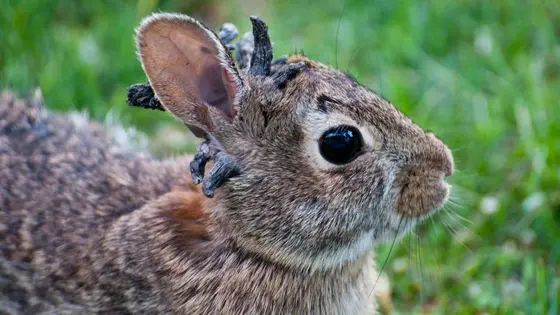T4K3.news
Frankenstein growths spark outbreak fears in Colorado rabbits
Wild rabbits in Colorado show tentacle-like growths from Shope papillomavirus. Officials say humans and pets are not at risk; keep domestic rabbits indoors and avoid handling infected animals.
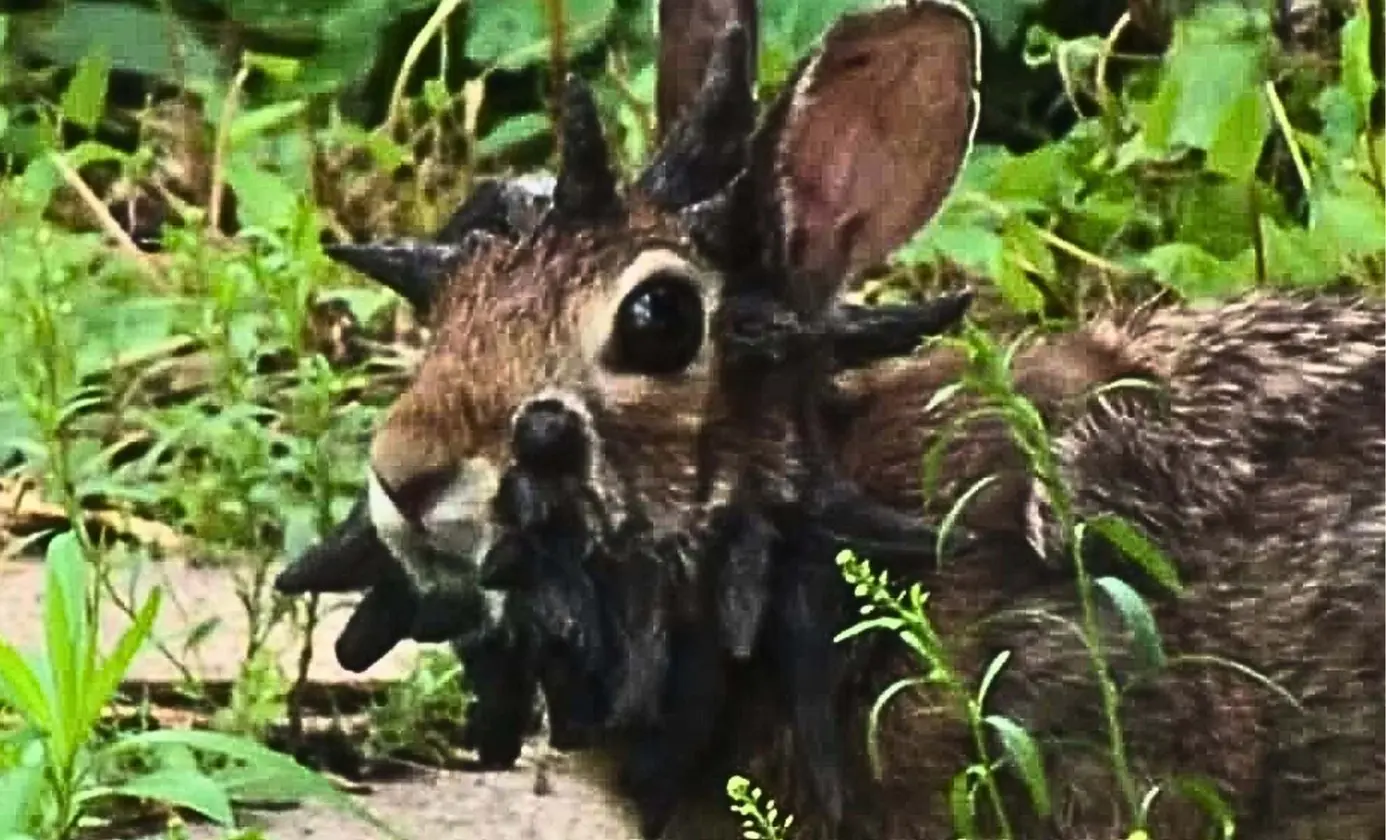
Wild rabbits in Colorado show tentacle-like growths from Shope papillomavirus, prompting official guidance and public concern.
Colorado Rabbits Grow Frankenstein Growths as Virus Outbreak Fears Rise
Wildlife officials in Colorado are documenting a rise in shopec papillomavirus among wild rabbits, with growths that resemble tentacles around the head and mouth. The virus was first identified in the 1930s by Richard Shope and mainly affects cottontail rabbits. Infected animals develop papillomas that can look like black spikes, especially near the eyes and nose. The current sightings are centered in Fort Collins and nearby areas, with additional reports in South Dakota, Minnesota, and Texas. Transmission occurs mainly through biting insects such as mosquitoes, ticks, and fleas, which are more active in warm months. Experts say the illness is largely benign for rabbits and most animals clear the infection on their own, unless growths impair vision or eating.
Public health officials emphasize that the virus does not infect humans or domestic pets. The guidance is clear: avoid handling infected rabbits and keep domestic rabbits indoors during peak insect hours to reduce exposure. Euthanasia is not routinely recommended; most rabbits recover without intervention. Officials say this outbreak appears localized for now, though climate-driven changes in insect populations could influence future patterns. Officials will continue monitoring and provide updates as data evolve.
Key Takeaways
"The animal can clear the virus from its system on its own. We would be concerned only if the growths are on the eyes or impede the rabbit’s ability to eat."
Kara Van Hoose, CPW public information officer, explaining risk to rabbits
"Mostly benign in rabbits, the virus does not pose a human risk."
Colorado Parks and Wildlife statement on zoonotic risk
"Images of Frankenstein rabbits have circulated online, sparking fascination and alarm."
Media attention and online reaction
"Keep domestic rabbits indoors during peak mosquito hours to reduce exposure to vectors."
Public guidance for rabbit owners
This episode shows how quickly an unsettling image can dominate online conversation, even when science points to a limited risk. Wildlife agencies are balancing transparent communication with the need to prevent unnecessary panic. The focus on visuals risks shaping public perception more than the underlying biology, which remains routine and largely non threatening for people and pets. Analysts say the event highlights the importance of credible information and clear guidance for rabbit owners and wildlife managers alike.
Looking ahead, climate factors and insect activity could make similar outbreaks more likely in other regions. That raises questions about monitoring systems, funding for wildlife health programs, and how to educate the public without triggering fear. The story is less about a new threat and more about how communities respond to surprising wildlife diseases in a connected age.
Highlights
- Frankenstein rabbits show how fear travels online faster than facts
- Seasonal insects drive this spread not a human threat
- Keep domestic rabbits indoors and trust the science
- Public concern can outpace wildlife science if not guided
Public reaction and wildlife health implications
The story sits at the intersection of wildlife health and public perception. While the scientific risk to humans is low, the viral visuals could fuel misinformation and trigger unnecessary panic. Officials should maintain transparent updates and practical guidance to prevent missteps by curious or anxious residents.
Officials will continue to track the situation and share updates as new data arrive.
Enjoyed this? Let your friends know!
Related News

Unusual rabbits in Fort Collins prompt health guidance

Frankenstein bunnies spotted in Colorado
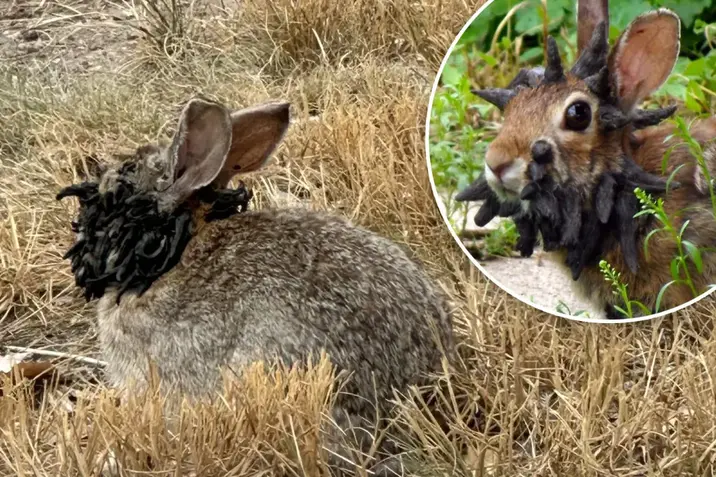
Frankenbunnies in Colorado raise wildlife health questions
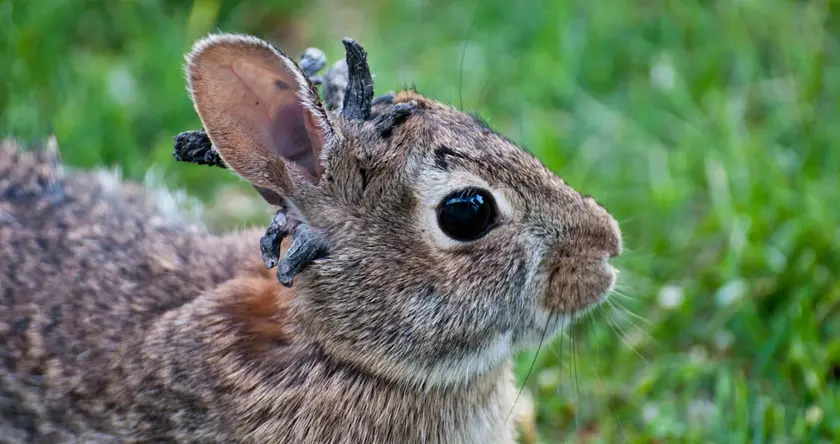
Wildlife health update from Colorado
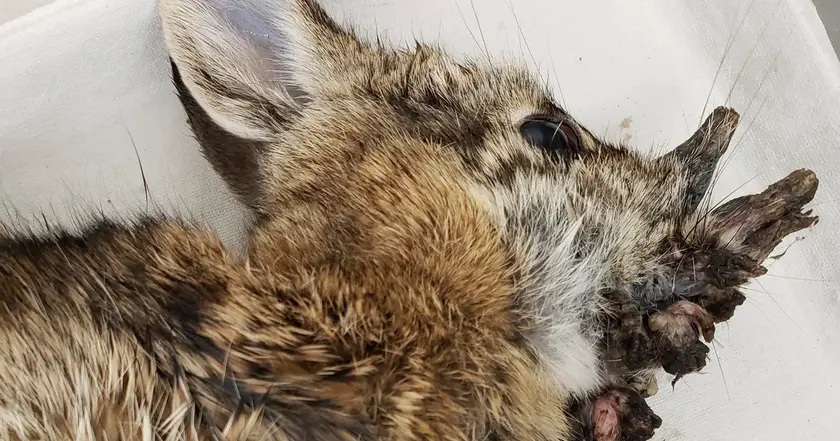
Colorado rabbits grow hornlike growths from a common virus

Frankenstein rabbits alert
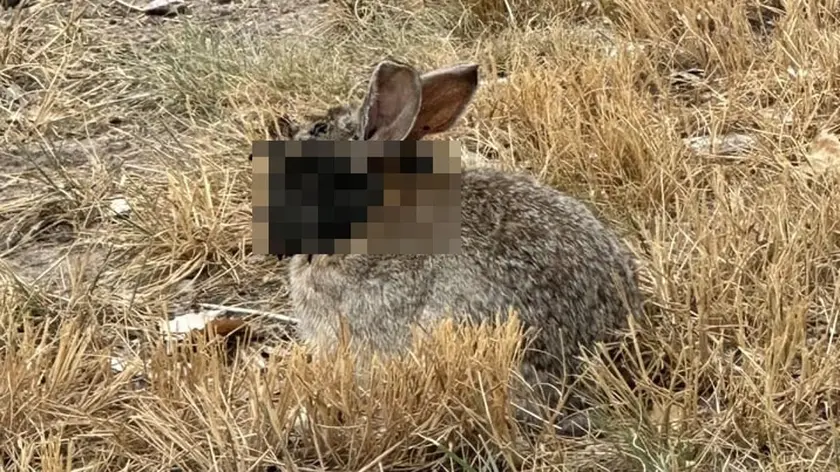
Frankenstein rabbits spotted in Colorado
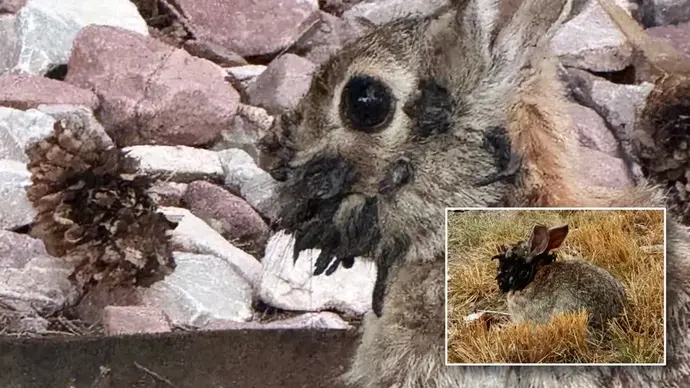
Rabbits in Fort Collins Develop Tentacle Like Growth
